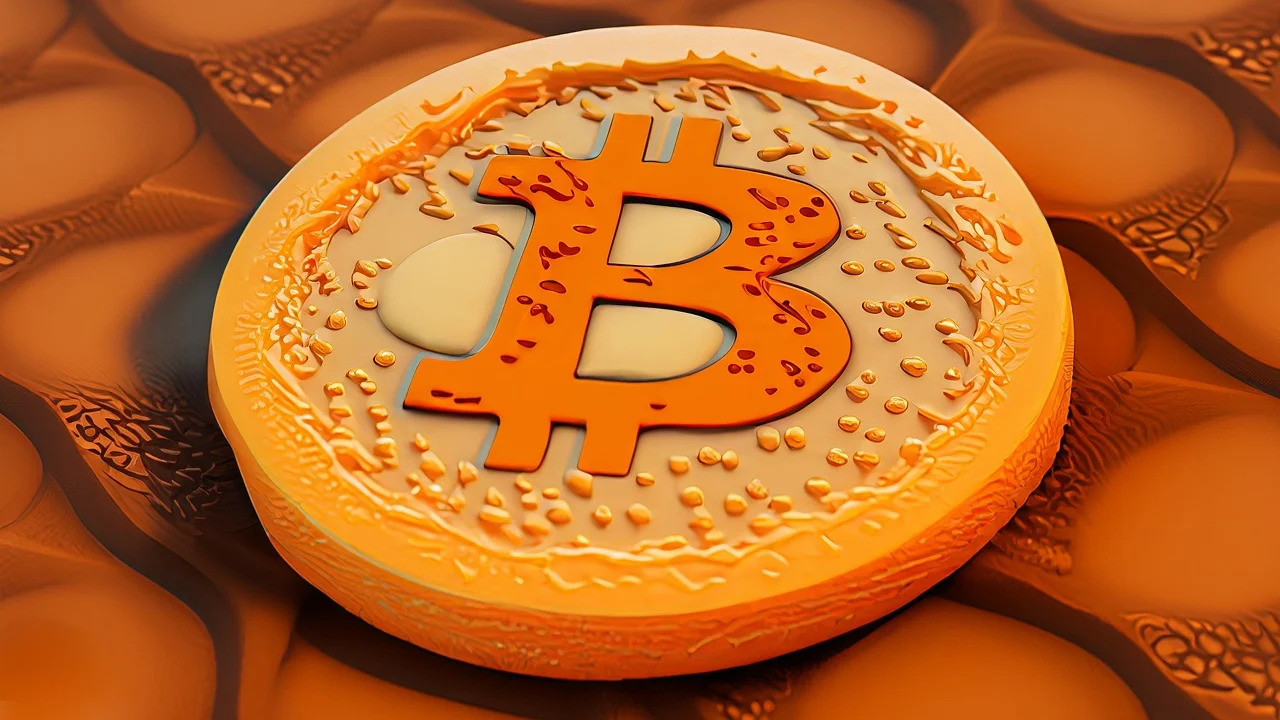Trump’s Bitcoin Reserve Former U.S. President Donald Trump’s recent executive order establishing a national Bitcoin reserve has sparked a heated debate within political and financial circles. Supporters view it as a groundbreaking moment for cryptocurrency adoption, cementing Bitcoin’s role as a strategic asset for the United States. However, critics argue that the move is more about optics than substance, dismissing it as a misguided attempt to capitalize on the growing popularity of digital assets. This executive order, which marks an unprecedented step in government-backed Top Cryptocurrencies reserves, raises significant questions about the future of financial policy, regulation, and national economic strategy.
Bold Move Toward Financial Modernization
For proponents of Bitcoin and decentralized finance, Trump’s executive order validates cryptocurrency’s growing importance in global markets. They argue that by establishing a Bitcoin reserve, the U.S. is securing a stake in the digital economy, preparing for a future where traditional fiat currencies may face increasing challenges. The move is seen as a hedge against inflation, much like gold reserves have historically provided financial stability during times of economic uncertainty.

Advocates believe that integrating Bitcoin into national reserves could attract investment, foster innovation, and reinforce the U.S. position as a leader in financial technology. Furthermore, this policy may encourage institutional adoption of Bitcoin, leading to greater mainstream acceptance and regulatory clarity. Supporters emphasize that governments ignoring Bitcoin risk falling behind in the inevitable shift toward decentralized assets, making this executive order a proactive and strategic decision.
Critics Question the Substance and Timing
Despite the enthusiasm from crypto advocates, many financial analysts and policymakers remain skeptical about the executive order’s actual impact. Detractors argue that the move lacks a clear implementation strategy and is more symbolic than practical. While the idea of a Bitcoin reserve sounds revolutionary, they question how the government will acquire, store, and manage such a volatile asset. Critics point to Bitcoin’s unpredictable price swings, highlighting concerns about financial instability and national security risks associated with holding large amounts of cryptocurrency.
Additionally, some view this decision as politically motivated, aimed at appealing to younger, tech-savvy voters and cryptocurrency enthusiasts rather than addressing structural economic issues. They argue that without concrete policies on regulation, taxation, and integration into the broader financial system, the executive order does little more than generate headlines. From this perspective, the move is merely a repackaged attempt to gain favor with the crypto community without delivering real solutions.
Market Reactions Optimism Meets Volatility
Following the announcement, Bitcoin experienced an initial surge in price, as investors saw the move as a sign of increased government acceptance and potential institutional backing. However, this optimism was short-lived, as skepticism surrounding the practical implications of the order led to a market correction. Bitcoin, along with other major cryptocurrencies, faced price fluctuations as traders reacted to conflicting narratives about the reserve’s significance.

Some industry leaders argue that the executive order could encourage other governments to follow suit, increasing Bitcoin’s legitimacy as a reserve asset. Others, however, warn that regulatory uncertainties could deter institutional investors, creating more volatility in an already unpredictable market. The immediate market response underscores the complexities of integrating Bitcoin into national reserves and the broader financial system.
Global Implications and Future Prospects
Trump’s executive order has sparked debate in the U.S. and drawn reactions from global financial leaders and governments. Some countries, already experimenting with central bank digital currencies (CBDCs), may see this as a reason to reconsider Bitcoin’s role in their financial strategies. Nations such as El Salvador, which has already adopted Bitcoin as legal tender, view this as validation of their own policies. Meanwhile, larger economies like China, which has banned Bitcoin transactions, oppose government-backed crypto reserves.
If the U.S. follows this initiative, it could pressure other countries to establish their strategies for digital asset reserves, potentially reshaping global financial dynamics. However, the long-term viability of a Bitcoin reserve will depend on regulatory clarity, security measures, and economic conditions. Whether this policy becomes a stepping stone toward greater adoption or a short-lived experiment largely depends on how future administrations build upon or dismantle the initiative.
Conclusion
While some hail it as a forward-thinking move that cements Bitcoin’s legitimacy, others dismiss it as a hollow gesture with little real impact. Trump’s Crypto Strategy The immediate market reaction demonstrates the volatility and uncertainty surrounding government involvement in cryptocurrency. Looking ahead, the success of this initiative will depend on its execution, regulatory framework, and the willingness of policymakers to address the complex challenges associated with digital assets. Regardless of its outcome, this executive order marks a significant moment in the ongoing conversation about the intersection of cryptocurrency and government policy, setting the stage for future debates on how digital assets fit into the global economy.


